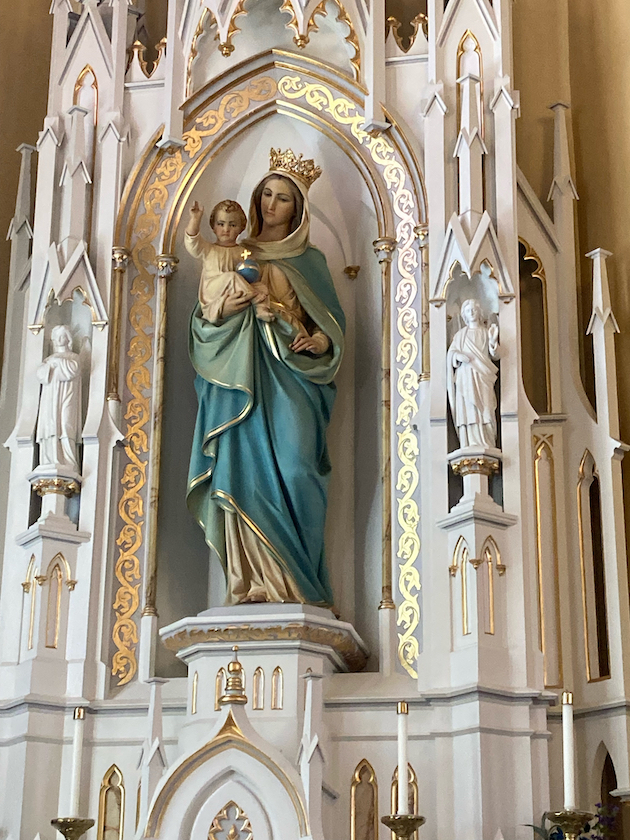
A nationality that once was extraordinarily prominent in the United States but has largely disappeared from view are the Germans. We recently had the opportunity to visit Cincinnati, one of the centers of German and specifically German Catholic immigration in the 19th century. These Catholics left their mark in a series of impressive churches. Two of these, Sacred Heart and Old St. Mary’s, are served by the Oratory of St. Philip Neri. We’ve recently read of drastic parish reductions to be imposed in the Cincinnati Archdiocese – we will say more about this later. Unless I am misreading the map of the proposed changes, however, these two churches will remain unaffected.
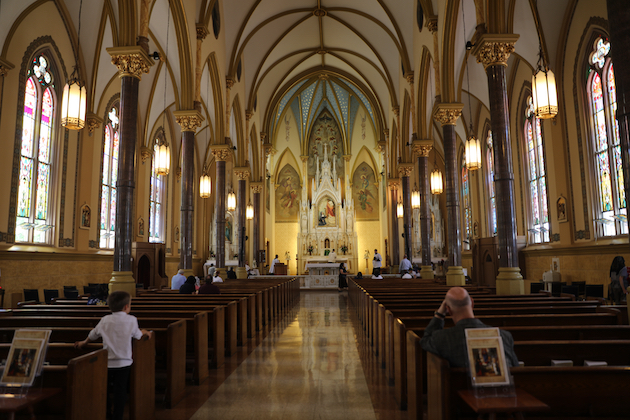
We attended Traditional Sung Mass at Sacred Heart Church. The church was completely full and the music was impressive.
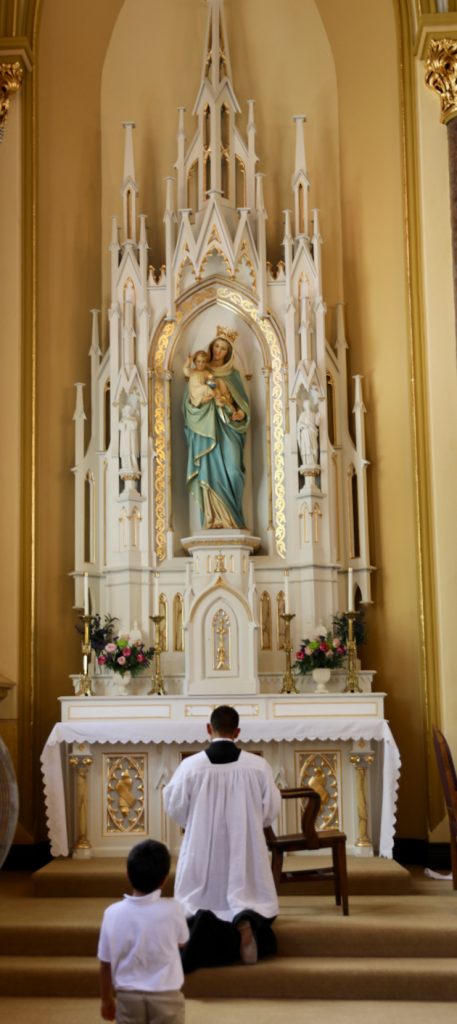
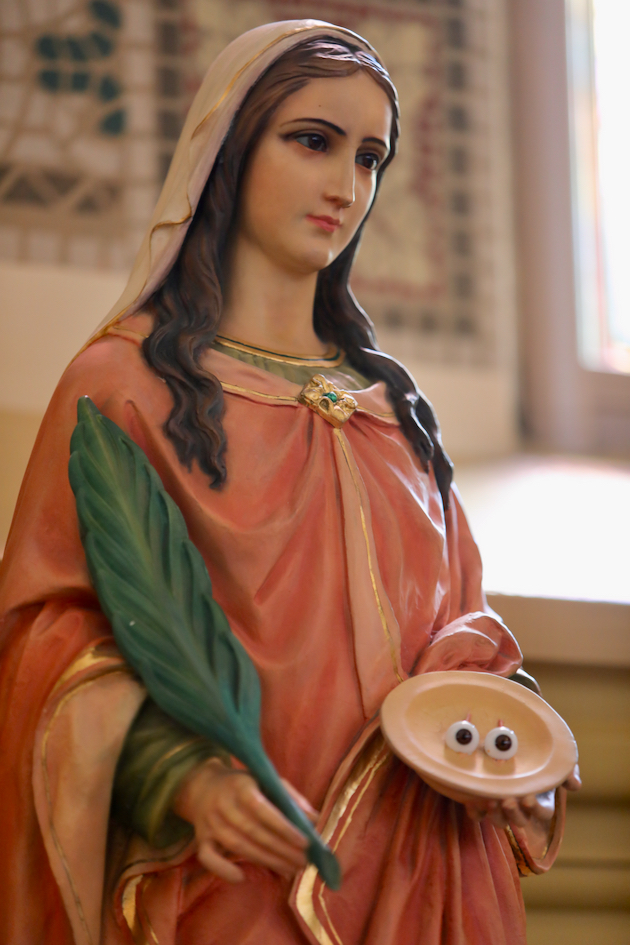
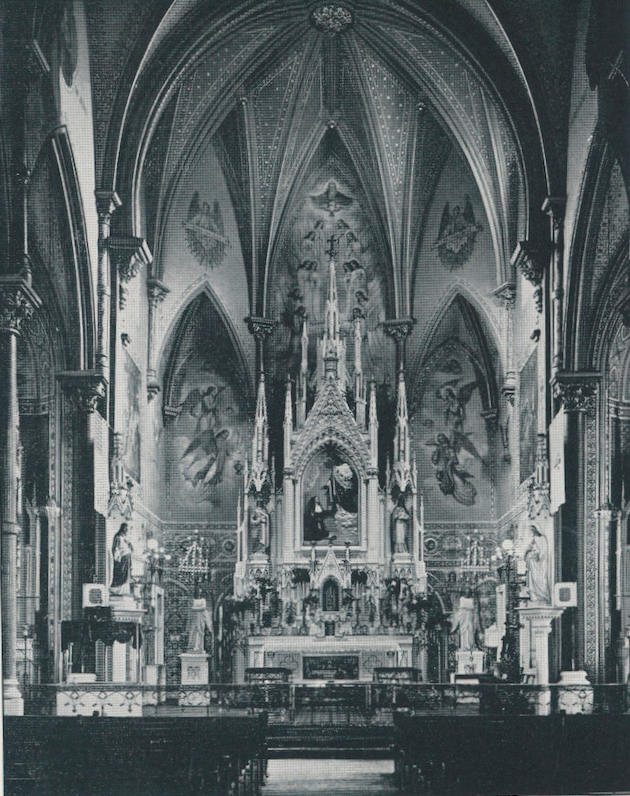
Sacred Heart is well preserved – but the above photo shows the decoration was once much more elaborate. The parish has an ongoing project to restore the interior decoration. See CHURCH HISTORY for photos.

Old St. Mary’s church, ot the Marienkirche, is the oldest house of worship still standing in Cincinnati. It was founded by the German immigrants in 1841 – the cornerstone was laid on March 25, 1841 (the Feast of the Annunciation) and it was consecrated in 1842. It also is in the care of the Oratorian Fathers. The Traditional Mass is also offered here.

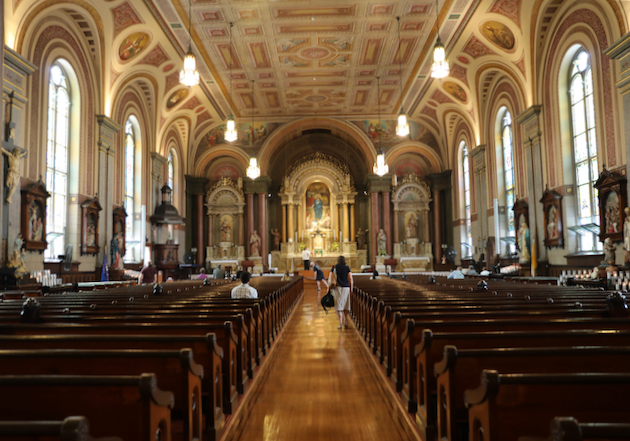
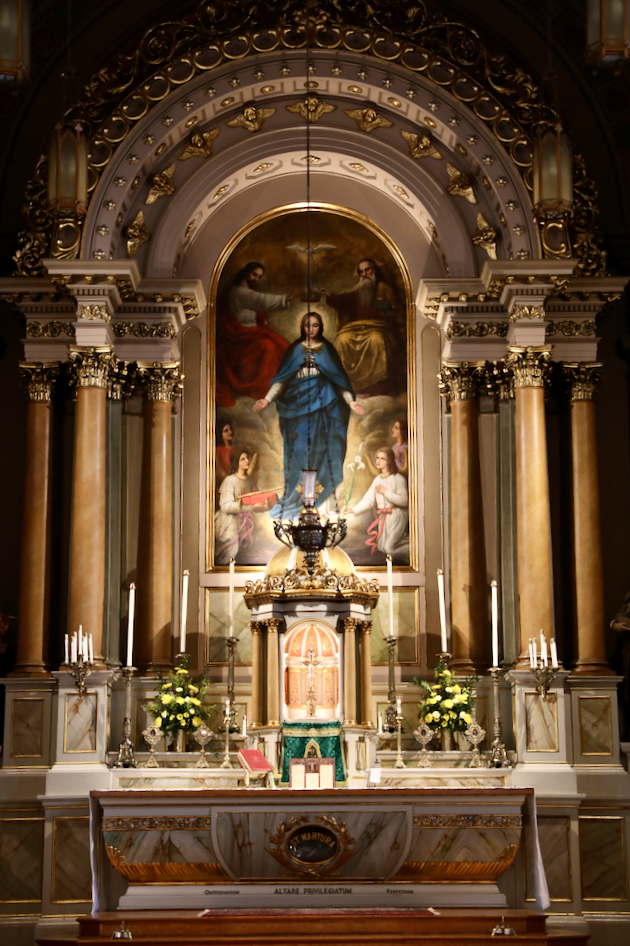
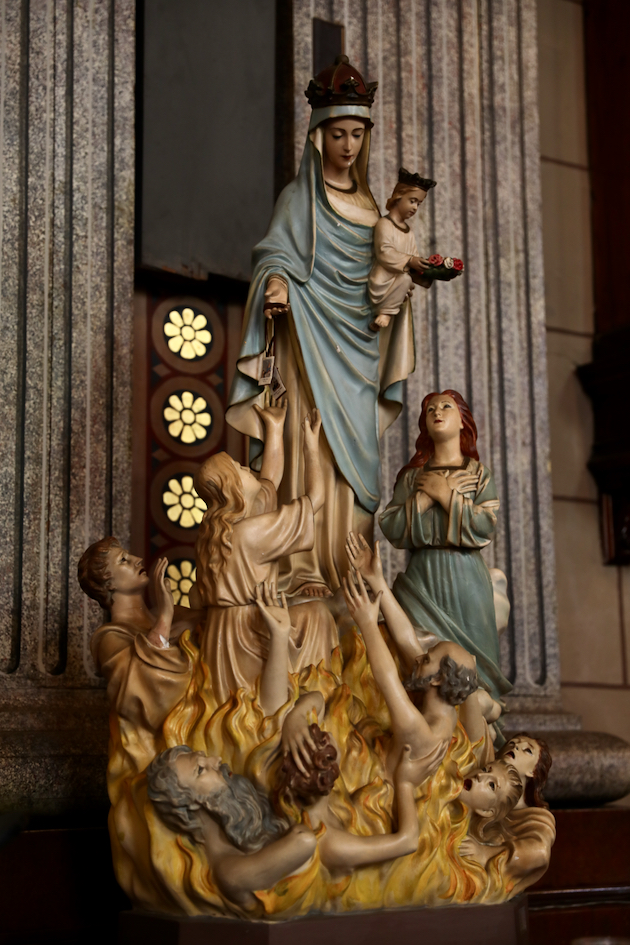

Across the river, Covington, Kentucky was also a center of German Catholicism. Their main legacy is the Mother of God parish church (Mutter Gottes Kirche) whose twin towers preside over an old neighborhood called the Mutter Gottes historic district. The interior is magnificently decorated – unfortunately the church was closed at the time of our visit.
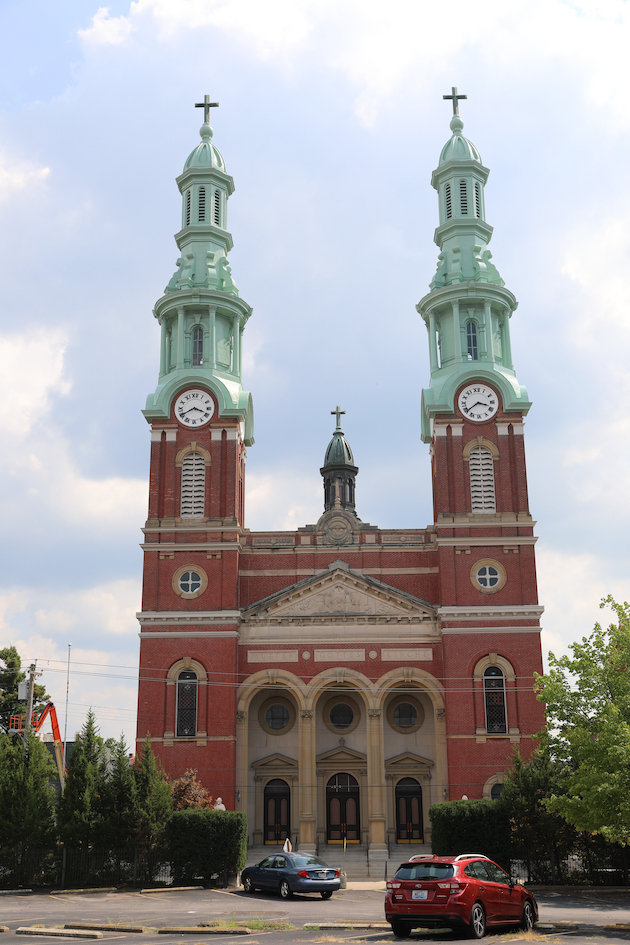

A final monument to German Catholicism is Covington Cathedral( St. Mary’s Cathedral Basilica of the Assumption). This church, as we see it today, was finished by 1915. Now the bishop who built it, Paul Maes, was a native of Belgium, and the exterior (below) is a strange copy of Notre Dame of Paris. But the interior is dominated by one of the most complete sets of stained glass by Mayer studios of Munich to be found in the United States. Perhaps only Sacred Heart Cathedral in Newark has more such windows – but, installed after 1945, these are in a style which, if still beautiful, is no longer the classic Mayer pattern.
The Covington cathedral windows are impressive not just for their number but also for their size, culminating in three unusual depictions of the council of Ephesus and two Papal decrees. The window of the Council of Ephesus and of the Coronation of the Virgin is reputedly the largest handmade stained glass window in the United States.
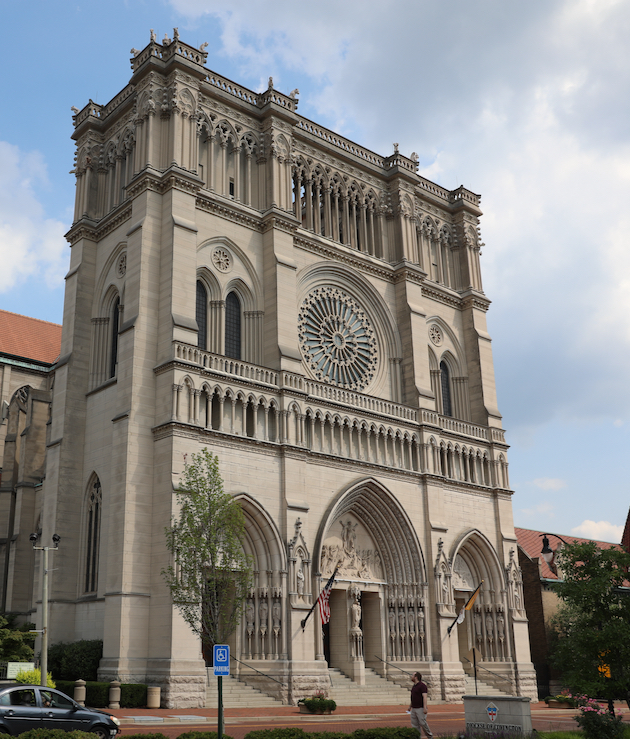
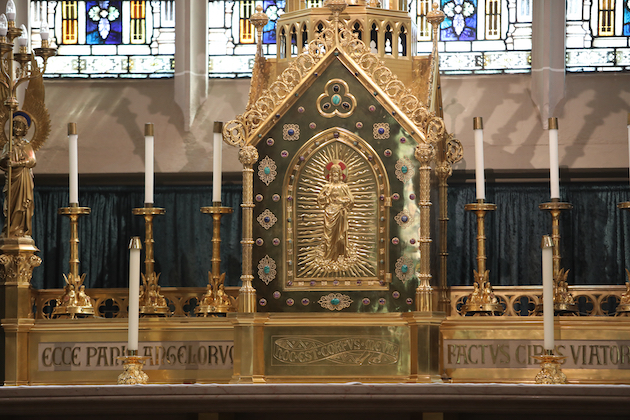


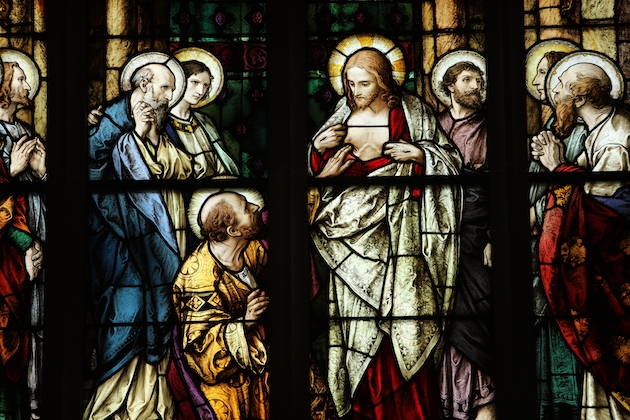
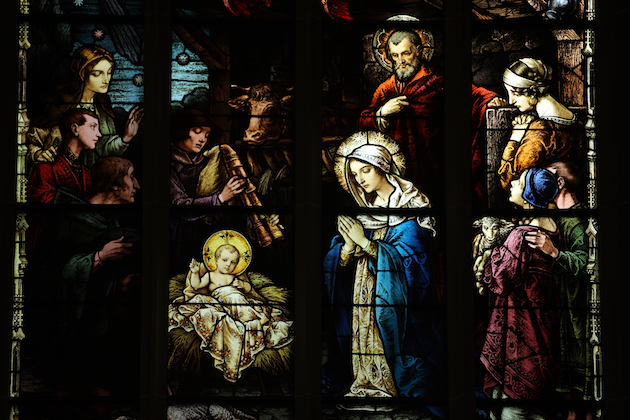

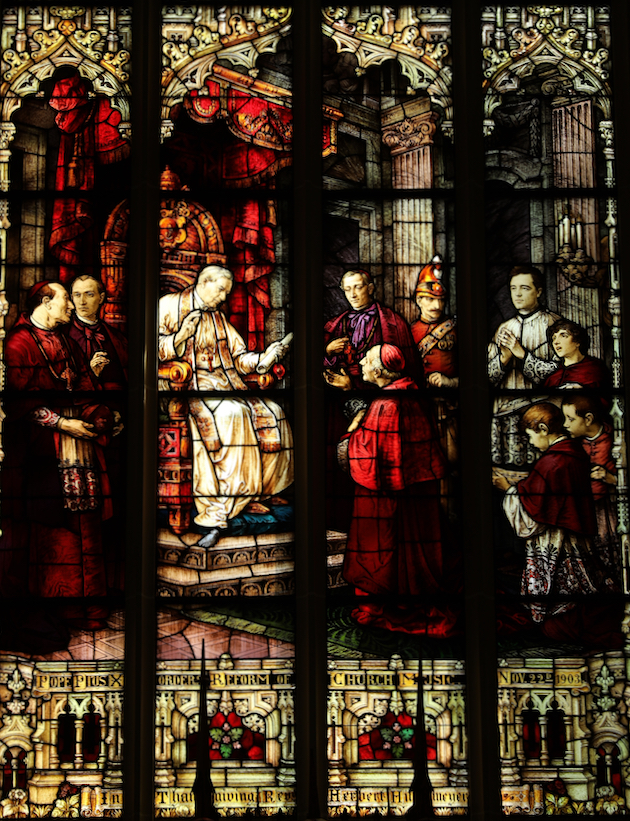
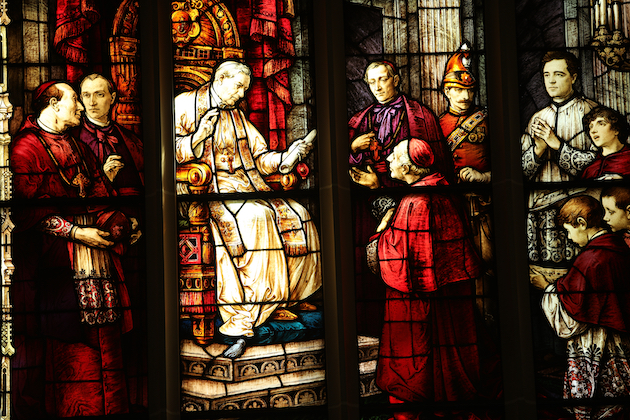
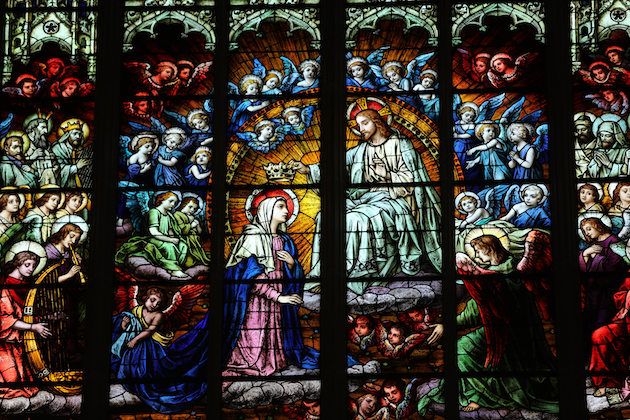
Related Articles
1 user responded in this post